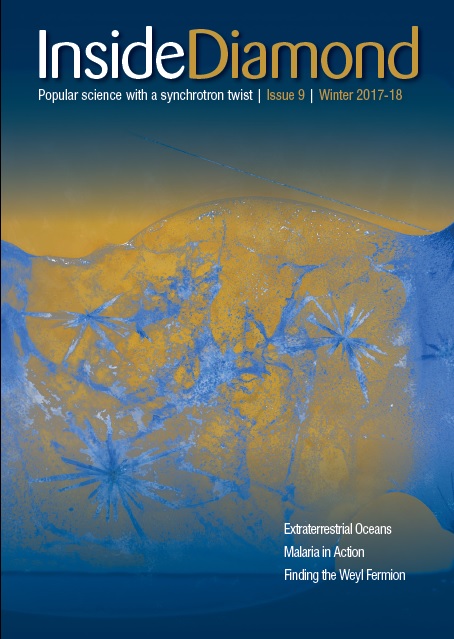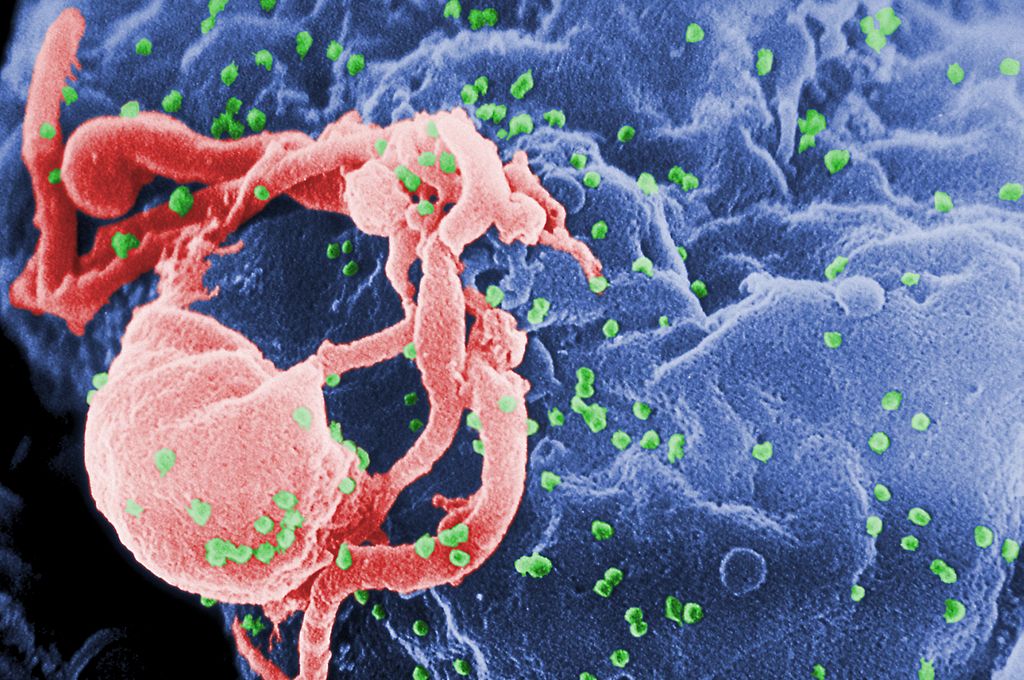It was the early 1980s, and the world was facing one of the most deadly pandemics in modern history. Large numbers of people across the globe had begun to die from rare types of pneumonia, cancer, and infections of the lymph nodes. The symptoms pointed towards some sort of immune disease: an unknown affliction that had never been seen before.
These early cases marked the beginning of a health crisis that would sweep across multiple continents, taking tens of thousands of lives with it. Thirty-five years later and approximately 36 million people are currently living with HIV, but a diagnosis is no longer a death sentence.
Many HIV positive people now live long and healthy lives. Thanks to the interventions of scientists and clinicians, we’ve developed antiretroviral drugs that stave off the development of the disease. Recent advances have also led to drugs that, if taken regularly, are highly effective at preventing HIV infection from occurring in the first place.
And yet, we are still without either a vaccine or a cure. Part of the reason that HIV is so difficult to fight is that it’s what is known as a ‘retrovirus’. This means that it works by inserting itself into the body’s own cells and hijacking their machinery to replicate.
HIV targets white blood cells known as ‘helper T cells’. These cells are integral to the immune system and by the time the body recognises the virus, the immune response is already weakened. From there, HIV spreads so aggressively that our bodies just can’t keep up.
Drugs can destroy some virus particles but not all of them, because the virus hides in the body’s own cells. That’s why patients must continue taking pills for their entire lives to prevent the virus spreading. So currently we can only control HIV, not eliminate it.
Attempts at a vaccine have proven difficult for the same reason. It’s not enough for the immune system to respond, it has to respond in time to prevent the virus from spreading through the cells. What’s more, HIV mutates quickly, making it a difficult target to hit.
There are still many hurdles to overcome, but we are making headway. On Diamond’s I04-1 beamline, researchers are studying the possibility of vaccinating against HIV by enhancing our innate immune response.
In a very small number of people, the virus doesn’t spread as quickly. Using cutting-edge microscopy techniques, scientists have been able to study the immune response in these resistant individuals, finding that their T cells respond differently to HIV.
Little finger-like receptors on the outside of their helper T cells seem to latch on to the virus more strongly and in a different conformation than is normal. This makes it easier for the immune system to recognise the virus and destroy it before it can spread.
And so an international collaboration of scientists from University of KwaZulu-Natal (SA), Cardiff University (UK), Microsoft Research (USA), University of Copenhagen (DK) and University of Oxford (UK) are now looking at ways of eliciting a similar response in patients who don’t have the benefit of resistance. With our natural antibodies and T cells primed for attack, the immune system would have a fighting chance at destroying the virus before it has the chance to spread.
As with so many chronic conditions, HIV remains a life-changing diagnosis. But the virus no longer has the same sting to its tail. If properly treated, we can now control HIV and even protect against infection.
There’s still a long way to go before we arrive at either a vaccine or a cure for HIV, but progress is being made. It’s impossible to know for sure, but with the weight of science behind us there is reason to hope that we may eventually put HIV where it belongs: in the history books.

